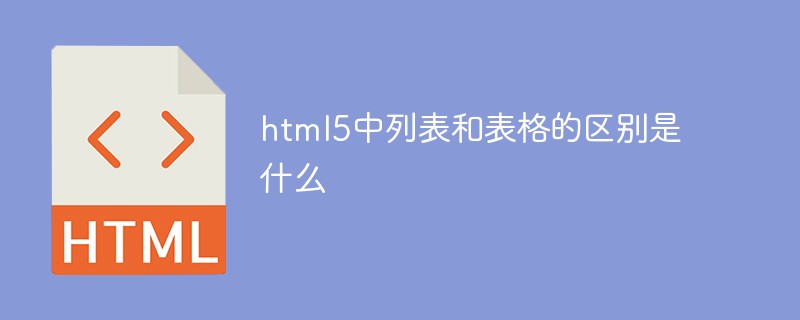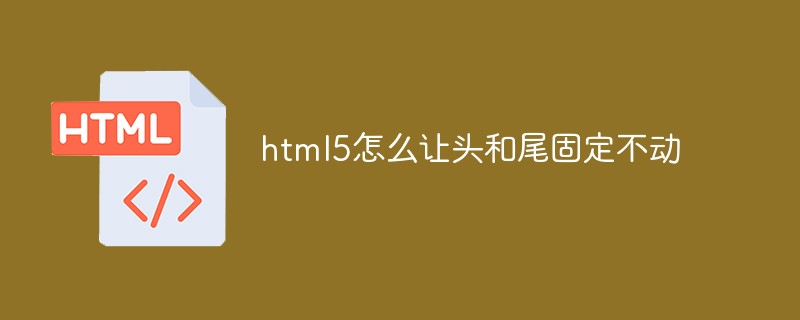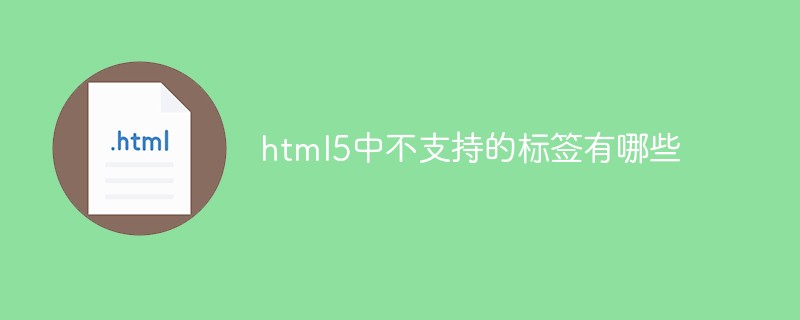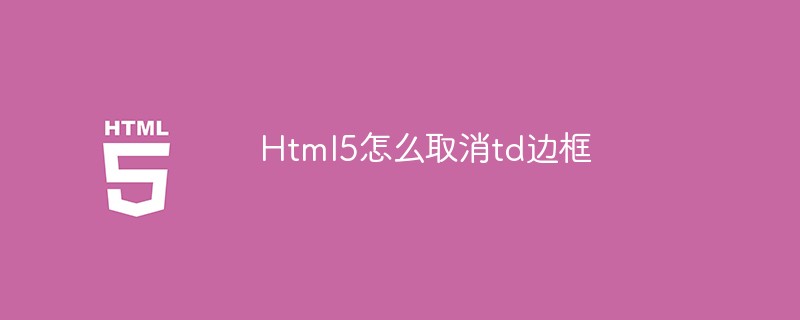Join Canvas
//Get the Canvas element and its drawing context var canvas = document.getElementById("diagonal");
var context = canvas.getContext("2d");
//Use absolute coordinates to create a path
context.beginPath();
context.moveTo(70, 140);
context.lineTo(140, 70);
//Draw this line to Canvas
context.stroke();
Transform
The same effect as above can be achieved through transformation (zooming, translation, rotation), etc.
Draw diagonal lines using transformation
//Get the Canvas element and its drawing context
var canvas = document.getElementById("diagonal");
var context = canvas.getContext("2d");
//Save the current drawing state
context.save();
//Move the drawing context to the lower right
context.translate(70, 140);
//Using the origin as the starting point, draw the same line segment as before
context.beginPath();
context .moveTo(0, 0);
context.lineTo(70, -70);
context.stroke();
context.restore();
Path
Paths in the HTML5 Canvas API represent any shape you wish to render.
beginPath(): No matter what kind of graphics you start drawing, the first thing that needs to be called is beginPath. This simple function takes no parameters and is used to notify the canvas that it is about to start drawing a new graphic.
moveTo(x,y): Move the current position to the new target coordinates (x,y) without drawing.
lineTo(x,y): Not only moves the current position to the new target coordinates (x,y), but also draws a straight line between the two coordinates.
closePath(): This function behaves very much like lineTo. The only difference is that closePath will automatically use the starting coordinates of the path as the target coordinates. It also notifies the canvas that the currently drawn shape is closed or forms a completely enclosed area, which is very useful for future fills and strokes.
Draw a pine tree canopy
function createCanopyPath(context) {
// Draw the tree canopy
context.beginPath();
context.moveTo(-25, -50);
context.lineTo(-10, -80);
context.lineTo(-20, -80);
context.lineTo( -5, -110);
context.lineTo(-15, -110);
//The vertices of the tree
context.lineTo(0, -140);
context.lineTo(15, -110);
context.lineTo(5, -110);
context.lineTo(20, -80);
context.lineTo(10, - 80);
context.lineTo(25, -50);
// Connect the starting point, closed path
context.closePath();
}
function drawTrails() {
var canvas = document.getElementById('diagonal');
var context = canvas.getContext('2d');
context.save();
context.translate(130, 250);
//Create a path representing the canopy
createCanopyPath(context);
// Draw the current path
context.stroke();
context.restore();
}
window.addEventListener("load", drawTrails, true);
Stroke style
Use the stroke mode to make the tree crown look more realistic.
//Widen the line
context .lineWidth = 4;
//The joint point of the smooth path
context.lineJoin = 'round';
//Color
context.strokeStyle = '#663300';
//Drawing Current path
context.stroke();
Fill style
Draw a rectangle
We add a trunk to the tree
Draw a curve
context.save();
context.translate(-10, 350);
context.beginPath();
// The first curve curves upward to the right
context.moveTo(0, 0);
context.quadraticCurveTo(170, -50, 260, -190);
//Curve to the lower right
context.quadraticCurveTo(310, -250, 410, -250);
// Draw the path in a wide brown stroke
context.strokeStyle = '#663300';
context.lineWidth = 20;
context.stroke();
// Restore the previous canvas state
context.restore();
Insert pictures in Canvas
You must wait until the image has fully loaded before you can operate on it. Browsers usually load images asynchronously when the page script is executed. If you try to render the image to the canvas before it is fully loaded, the canvas will not display any image. Therefore, special attention should be paid to ensuring that the image is Loaded.
// Load image
var bark = new Image();
bark.src = "bark.jpg";
// After the image is loaded, call the drawing function
bark.onload = function () {
drawTrails();
}
Show picture:
Gradient
Using gradients requires three steps:
(1) Create gradient object
(2) Set the color for the gradient object and specify the transition method
(3) Set gradient for fill style or stroke style on context
// Create a three-dimensional tree trunk texture Order horizontal gradient
var trunkGradient = context.createLinearGradient(-5, -50, 5, -50);
//The left edge of the trunk is generally brown
trunkGradient.addColorStop(0, '#663300');
// The color of the middle left part of the trunk needs to be discussed
trunkGradient.addColorStop(0.4, '#996600');
//The color on the right edge should be darker
trunkGradient.addColorStop(1, '#552200');
// Fill the trunk with gradient
context.fillStyle = trunkGradient;
context.fillRect(-5, -50, 10, 50);
// Create a vertical gradient to fill the trunk with the canopy Shadow on the tree trunk
var canopyShadow = context.createLinearGradient(0, -50, 0, 0);
// The starting point of the projection gradient is black with a transparency of 50%
canopyShadow.addColorStop(0, ' rgba(0, 0, 0, 0.5)');
// The direction is vertically downward. The gradient quickly changes to completely transparent within a short distance. There is no tree trunk
// beyond this length. Projection
canopyShadow.addColorStop(0.2, 'rgba(0, 0, 0, 0.0)');
// Fill the tree trunk with the projection gradient
context.fillStyle = canopyShadow;
context.fillRect(-5, -50, 10, 50);
Background image
// Load image
var gravel = new Image();
gravel.src = "gravel.jpg";
gravel.onload = function () {
drawTrails();
}
//Replace the thick brown line with a background image
context.strokeStyle = context.createPattern(gravel, 'repeat');
context.lineWidth = 20;
context.stroke();
The second parameter of context.createPattern is a repeatability marker, and you can choose the appropriate value in Table 2-1.
| 平铺方式 | 意义 |
| repeat | (默认值)图片会在两个方向平铺 |
| repeat-x | 横向平铺 |
| repeat-y | 纵向平铺 |
| no-repeat | 图片只显示一次,不平铺 |
Zoom
Scaling function context.scale(x,y): x and y represent the values in the x and y dimensions respectively. When each parameter displays an image on the canvas, it is passed the amount by which the image should be enlarged (or reduced) on the axis of the direction. If the x value is 2, it means that all elements in the drawn image will become twice as wide. If the y value is 0.5, the drawn image will become half as high as before.
// At X=130, Y= Draw the first tree at 250
context.save();
context.translate(130, 250);
drawTree(context);
context.restore();
// Draw the second tree at X=260, Y=500
context.save();
context.translate(260, 500);
//Enlarge the height and width of the second tree to 2 times the original value
context.scale(2, 2);
drawTree(context);
context.restore();
Rotate
Rotate image
context.save();
//The rotation angle parameter is in radians
context.rotate(1.57);
context.drawImage(myImage, 0, 0, 100, 100);
context.restore();
A way to use transformation
// Save the current state
context .save();
// The X value increases as the Y value increases. With the help of the stretch transformation,
// you can create a tilted tree used as a shadow
// After applying the transformation, all coordinates are Multiply with matrix
context.transform(1, 0,
-0.5, 1,
, 0);
// In the Y-axis direction, change the shadow height to 60% of the original value
context.scale(1, 0.6);
// Fill the trunk with black with a transparency of 20%
context.fillStyle = 'rgba(0, 0, 0, 0.2)';
context.fillRect(-5, -50, 10, 50);
//Redraw the tree using the existing shadow effect
createCanopyPath(context);
context.fill();
//Restore the previous canvas state
context.restore();
Text
context.fillText(text,x,y,maxwidth): text text content, x,y specifies the text position, maxwidth is an optional parameter, limiting the text position.
context.strokeText(text,x,y,maxwidth): text text content, x,y specifies the text position, maxwidth is an optional parameter, limiting the text position.
// Draw text on canvas
context.save();
//The font size is 60 and the font is Impact
context.font = "60px impact";
//Fill color
context.fillStyle = '#996600';
//Center
context.textAlign = 'center';
//Draw text
context.fillText('Happy Trails!', 200, 60, 400);
context.restore();
Shadow
Shadows can be controlled through several global context properties
| 属性 | 值 | 备注 |
| shadowColor | 任何CSS中的颜色值 | 可以使用透明度(alpha) |
| shadowOffsetX | 像素值 | 值为正数,向右移动阴影;为负数,向左移动阴影 |
| shadowOffsetY | 像素值 | 值为正数,向下移动阴影;为负数,向上移动阴影 |
| shadowBlur | 高斯模糊值 | 值越大,阴影边缘越模糊 |
// Color black, 20% transparency
context.shadowColor = 'rgba(0, 0, 0, 0.2)';
// Move 15px to the right and 10px to the left
context.shadowOffsetX = 15;
context.shadowOffsetY = -10;
// Slightly blurred shadow
context.shadowBlur = 2;
Pixel data
context.getImageData(sx, sy, sw, sh): sx, xy determine a point, sw: width, sh: height.
This function returns three attributes: width how many pixels in each row height how many pixels in each column
Data's group of RGBA values (value red, green, blue and transparency) with each pixel obtained from Canvas.
context.putImageData(imagedata,dx,dy): allows developers to pass in a set of image data. dx and dy are used to specify the offset. If used, the function will jump to the specified canvas position. Update
Display the incoming pixel data.
canvas.toDataUrl: The data currently presented on the canvas can be obtained programmatically. The obtained data is saved in text format and the browser can parse it into an image.
 html5的div一行可以放两个吗Apr 25, 2022 pm 05:32 PM
html5的div一行可以放两个吗Apr 25, 2022 pm 05:32 PMhtml5的div元素默认一行不可以放两个。div是一个块级元素,一个元素会独占一行,两个div默认无法在同一行显示;但可以通过给div元素添加“display:inline;”样式,将其转为行内元素,就可以实现多个div在同一行显示了。
 html5中列表和表格的区别是什么Apr 28, 2022 pm 01:58 PM
html5中列表和表格的区别是什么Apr 28, 2022 pm 01:58 PMhtml5中列表和表格的区别:1、表格主要是用于显示数据的,而列表主要是用于给数据进行布局;2、表格是使用table标签配合tr、td、th等标签进行定义的,列表是利用li标签配合ol、ul等标签进行定义的。
 html5怎么让头和尾固定不动Apr 25, 2022 pm 02:30 PM
html5怎么让头和尾固定不动Apr 25, 2022 pm 02:30 PM固定方法:1、使用header标签定义文档头部内容,并添加“position:fixed;top:0;”样式让其固定不动;2、使用footer标签定义尾部内容,并添加“position: fixed;bottom: 0;”样式让其固定不动。
 HTML5中画布标签是什么May 18, 2022 pm 04:55 PM
HTML5中画布标签是什么May 18, 2022 pm 04:55 PMHTML5中画布标签是“<canvas>”。canvas标签用于图形的绘制,它只是一个矩形的图形容器,绘制图形必须通过脚本(通常是JavaScript)来完成;开发者可利用多种js方法来在canvas中绘制路径、盒、圆、字符以及添加图像等。
 html5中不支持的标签有哪些Mar 17, 2022 pm 05:43 PM
html5中不支持的标签有哪些Mar 17, 2022 pm 05:43 PMhtml5中不支持的标签有:1、acronym,用于定义首字母缩写,可用abbr替代;2、basefont,可利用css样式替代;3、applet,可用object替代;4、dir,定义目录列表,可用ul替代;5、big,定义大号文本等等。
 html5废弃了哪个列表标签Jun 01, 2022 pm 06:32 PM
html5废弃了哪个列表标签Jun 01, 2022 pm 06:32 PMhtml5废弃了dir列表标签。dir标签被用来定义目录列表,一般和li标签配合使用,在dir标签对中通过li标签来设置列表项,语法“<dir><li>列表项值</li>...</dir>”。HTML5已经不支持dir,可使用ul标签取代。
 Html5怎么取消td边框May 18, 2022 pm 06:57 PM
Html5怎么取消td边框May 18, 2022 pm 06:57 PM3种取消方法:1、给td元素添加“border:none”无边框样式即可,语法“td{border:none}”。2、给td元素添加“border:0”样式,语法“td{border:0;}”,将td边框的宽度设置为0即可。3、给td元素添加“border:transparent”样式,语法“td{border:transparent;}”,将td边框的颜色设置为透明即可。
 html5是什么意思Apr 26, 2021 pm 03:02 PM
html5是什么意思Apr 26, 2021 pm 03:02 PMhtml5是指超文本标记语言(HTML)的第五次重大修改,即第5代HTML。HTML5是Web中核心语言HTML的规范,用户使用任何手段进行网页浏览时看到的内容原本都是HTML格式的,在浏览器中通过一些技术处理将其转换成为了可识别的信息。HTML5由不同的技术构成,其在互联网中得到了非常广泛的应用,提供更多增强网络应用的标准机。


Hot AI Tools

Undresser.AI Undress
AI-powered app for creating realistic nude photos

AI Clothes Remover
Online AI tool for removing clothes from photos.

Undress AI Tool
Undress images for free

Clothoff.io
AI clothes remover

AI Hentai Generator
Generate AI Hentai for free.

Hot Article

Hot Tools

WebStorm Mac version
Useful JavaScript development tools

DVWA
Damn Vulnerable Web App (DVWA) is a PHP/MySQL web application that is very vulnerable. Its main goals are to be an aid for security professionals to test their skills and tools in a legal environment, to help web developers better understand the process of securing web applications, and to help teachers/students teach/learn in a classroom environment Web application security. The goal of DVWA is to practice some of the most common web vulnerabilities through a simple and straightforward interface, with varying degrees of difficulty. Please note that this software

Zend Studio 13.0.1
Powerful PHP integrated development environment

Dreamweaver Mac version
Visual web development tools

Notepad++7.3.1
Easy-to-use and free code editor






